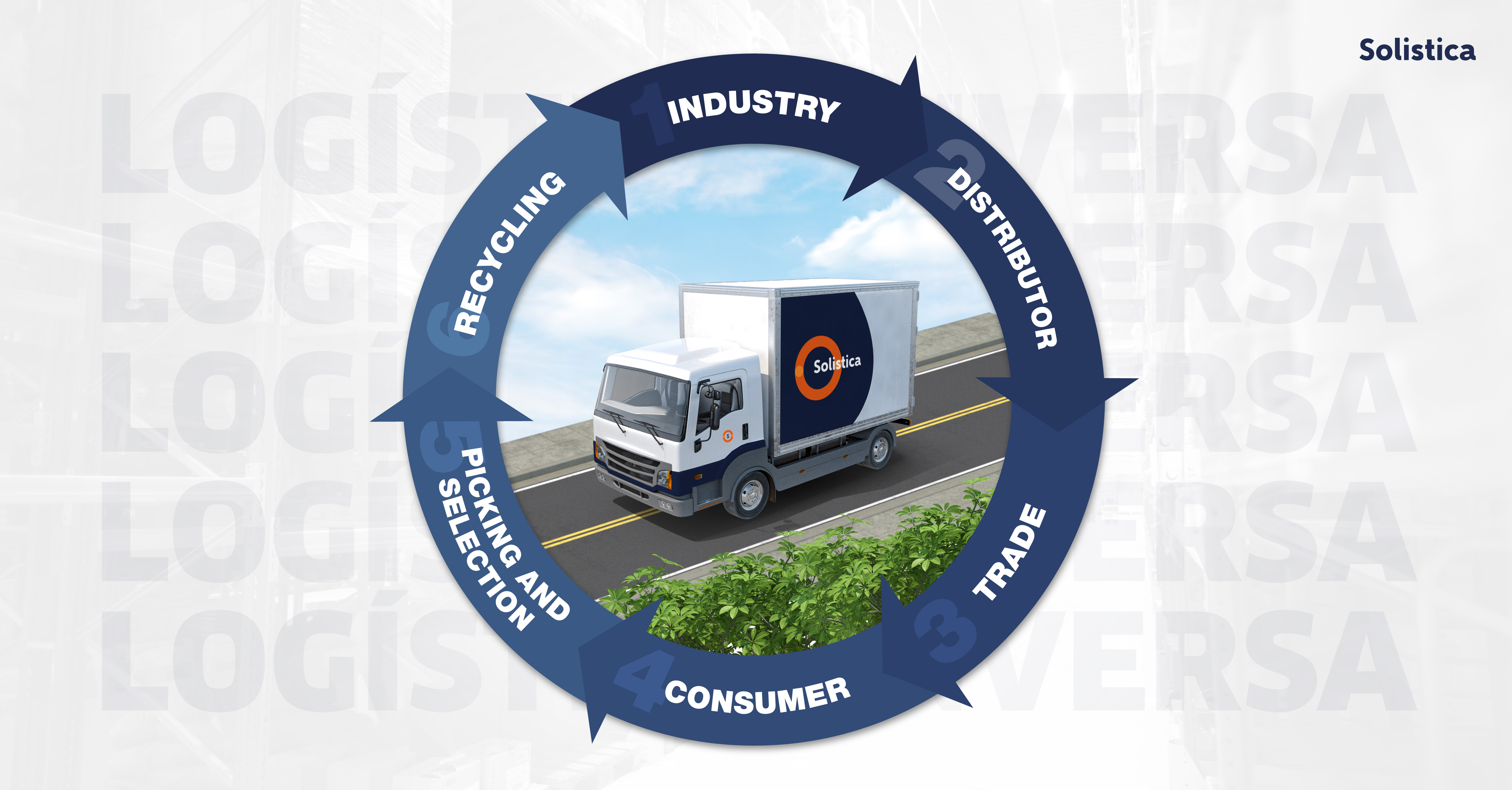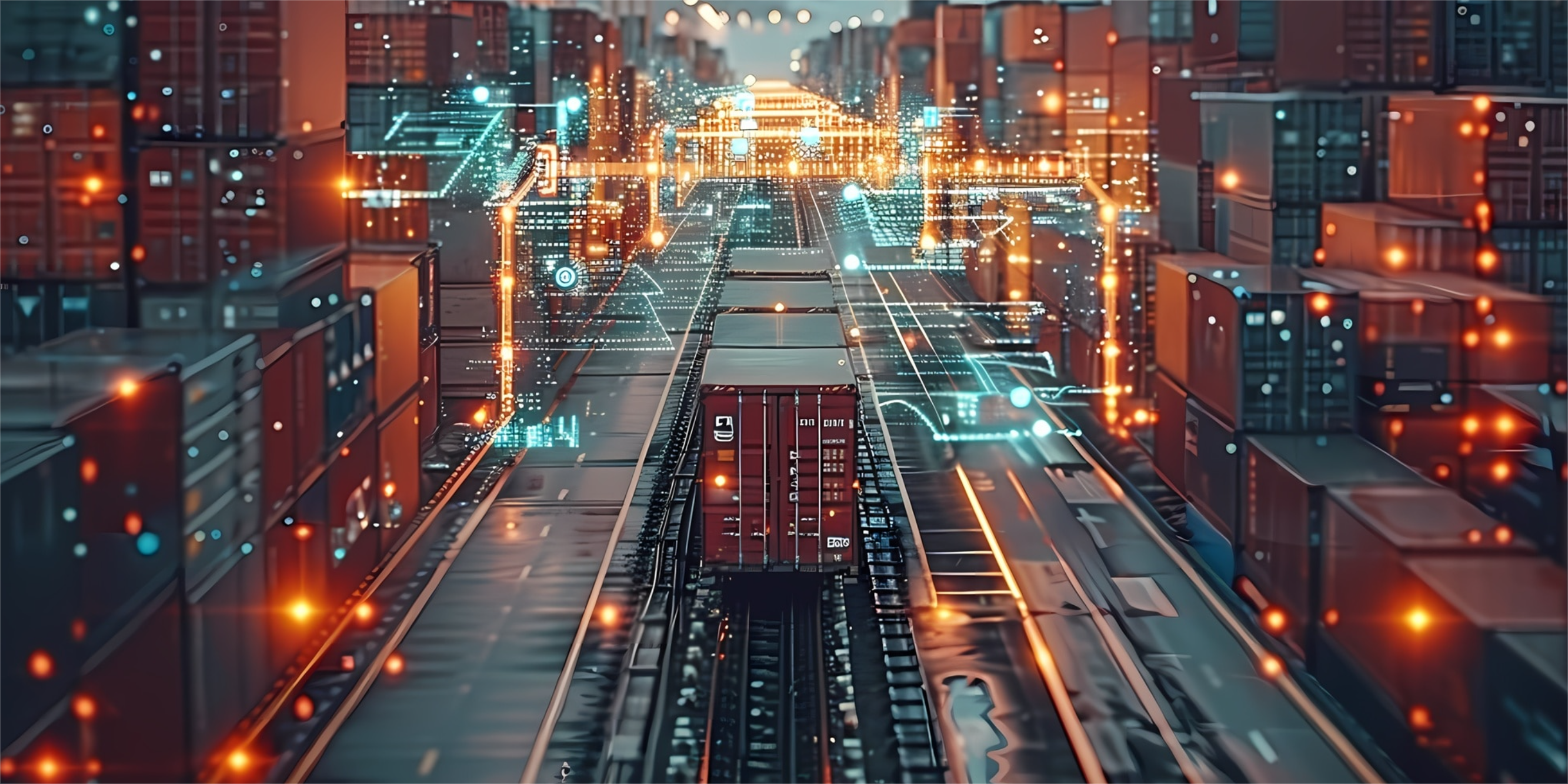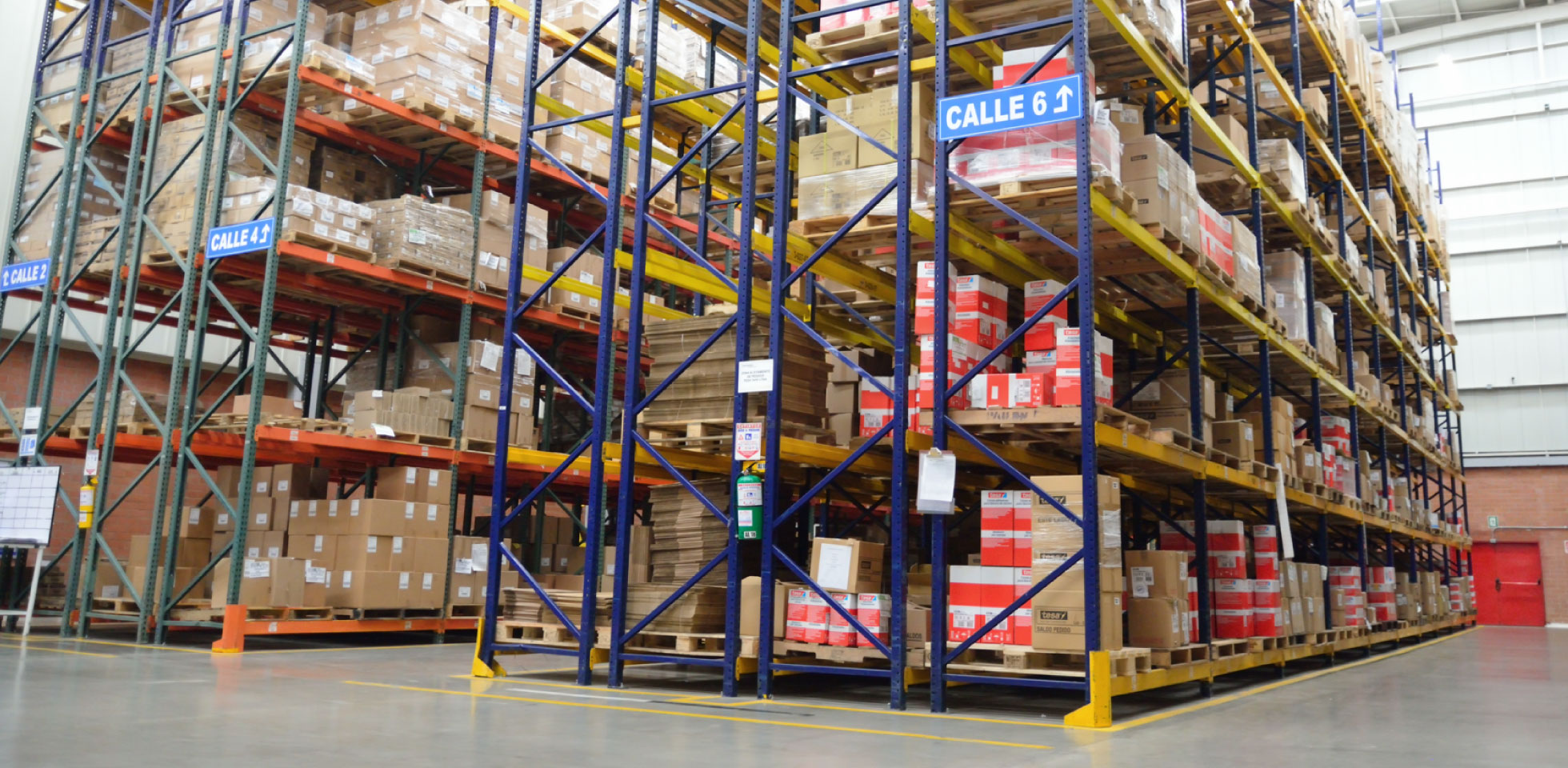The harmony between progress and the protection of the planet is crucial at this precise moment we are going through, reverse logistics emerges as a vital and innovative solution in the redefinition of 21st-century supply chains. More than a simple response to environmental demands, this strategy represents an effective solution for resource management and the improvement of business profitability.
Exploring:
Forget about simple return management. Reverse logistics is a multifaceted element that encompasses a wide range of movements, from the recovery of used products to the recycling of materials and the proper disposal of waste. A holistic approach that seeks to close the life cycle of products, minimizing their environmental impact and maximizing their economic value.
Transformative Impact:
Environmental Sustainability: More than simple steps to reduce waste, reverse logistics takes you to a harmonious exchange with the planet. By reducing waste generation and promoting the reuse and recycling of materials, companies minimize their ecological footprint and promote a culture of environmental responsibility that transcends generations.
Economic Efficiency: The recovery of value from used products and the optimization of inventory management are essential steps in the choreography of reverse logistics, directly impacting business profitability. By revaluing products and minimizing operating costs, companies strengthen their market position and their long-term viability.
Customer Satisfaction: Reverse logistics offers an exceptional customer experience. By facilitating the return process and demonstrating a genuine commitment to sustainability, companies strengthen customer satisfaction and brand loyalty.
Exploring the Benefits:
Environmental: A Tangible Impact on the Planet. Waste reduction and the preservation of natural resources are fundamental pillars of reverse logistics. By adopting responsible practices, companies actively contribute to the protection of the environment and the well-being of future generations.
Economic: While the implementation of reverse logistics may require an initial investment, its long-term benefits far outweigh the associated costs, this strategy offers a significant return on investment for companies that commit to it.
Social: In addition to its environmental and economic benefits, reverse logistics also has a positive impact on society as a whole. By promoting responsible practices and fostering social inclusion, companies can contribute to the construction of more prosperous and equitable communities.
Deepening Aspects of Reverse Logistics:
Customer Returns: Return management is an integral part of reverse logistics, but it also presents an opportunity to better understand the needs and preferences of customers. By analyzing the reasons behind returns, companies can identify areas for improvement and strengthen their relationships with customers.
Material Recycling: Material recycling is a crucial component of reverse logistics that allows closing the life cycle of products. By collecting and processing used materials, companies can reduce their dependence on virgin raw materials and promote a more circular and sustainable economy.
Refurbishment and Remanufacturing: Refurbishment and remanufacturing are processes that allow used products to be restored to a “like new” state. These practices extend the lifespan of products and offer a sustainable alternative to the production of new goods.
Hazardous Waste Management: The proper management of hazardous waste is essential to protect the environment and safeguard public health. By implementing responsible waste management practices, companies can minimize their environmental impact and comply with local and international regulations.
Return of Excess Inventory: Efficient inventory management is essential to maximize profitability and minimize waste in the supply chain. By effectively managing unsold products or excess inventory, companies can improve their operational efficiency and strengthen their market position.
Stages of the Reverse Logistics Process:
Collection and Grouping: The collection of products, materials, or waste from the final point of consumption is the starting point of reverse logistics. By establishing efficient collection and grouping systems, companies can ensure responsible resource management and minimize their environmental impact.
Classification and Processing: Once collected, the products are classified and processed according to their condition and type. This stage is crucial to ensure efficient material management and maximize their economic and environmental value.
Refurbishment or Recycling: Refurbishment and recycling are key processes of reverse logistics that allow closing the life cycle of products. By restoring used products or transforming materials into new resources, companies can promote a more circular and sustainable economy.
Reintegration or Final Disposal: Once refurbished or recycled, products can be reintegrated into the market or undergo appropriate final disposal. This stage is fundamental to ensure that products do not end up in landfills and that their economic and environmental value is maximized.
Analysis and Continuous Improvement: Constant evaluation of the reverse logistics process is essential to identify areas for improvement and promote innovation. By analyzing key data and metrics, companies can optimize their operations and strengthen their commitment to sustainability and efficiency.
Strategies:
Establish Clear and Flexible Return Policies: Clear and flexible return policies are critical to ensuring a positive customer experience. By offering convenient and transparent return options, companies can improve customer satisfaction and strengthen brand loyalty.
Manufacturer-Retailer Collaboration: Collaboration between manufacturers and retailers is essential to optimize reverse logistics. By sharing resources and knowledge, companies can maximize the efficiency of their operations and significantly reduce their environmental impact.
Leverage Data to Optimize Processes: Data analysis is a powerful tool for optimizing reverse logistics. By collecting and analyzing relevant data, companies can identify trends, predict demand and make informed decisions that drive efficiency and profitability.
Implement a "Do it Yourself" Model: The "do it yourself" model allows consumers to return products and materials directly to the manufacturer or retailer. By empowering consumers to actively participate in the reverse logistics process, companies can improve the efficiency of their operations and strengthen their commitment to sustainability.
Expand Facilities: Expansion of reverse logistics facilities is critical to meet growing demand and optimize operations. By investing in infrastructure and technology, companies can increase their processing capacity and improve their long-term operational efficiency.
Rely on a Specialized Logistics Operator: Specialized logistics operators offer specialized expertise and resources to optimize reverse logistics. By outsourcing certain functions, companies can reduce costs and improve the quality of their operations, without compromising the quality of customer service.
Reverse Logistics in Colombia:
Colombia is experiencing rapid growth in the field of e-commerce, which represents a unique opportunity to drive the adoption of sustainable reverse logistics practices. By improving customer experience, optimizing operational costs, and strengthening brand image, Colombian companies can position themselves as leaders in an increasingly competitive and environmentally conscious market.
Growth:
E-commerce, that unstoppable force revolutionizing shopping, has also driven the field of reverse logistics. In 2021, online sales in Colombia grew by 51%, a pace that demands efficient management of returns and responsible use of resources. Reverse logistics gracefully and quickly adapts to this new pace, without losing its balance or elegance.
The Planet:
Colombia faces an environmental challenge: more than 12 million tons of waste are generated per year, and only 17% is recycled. Reverse logistics, with its circular approach, becomes an invaluable ally to reduce the environmental footprint and promote recycling.
Sustainable Future:
Reverse logistics is an opportunity to transform supply chains and build a more sustainable, efficient, and responsible future.






